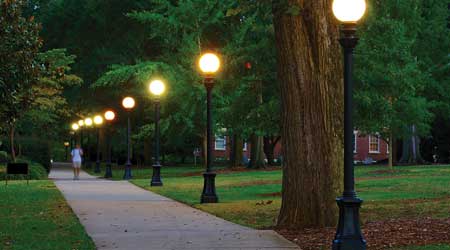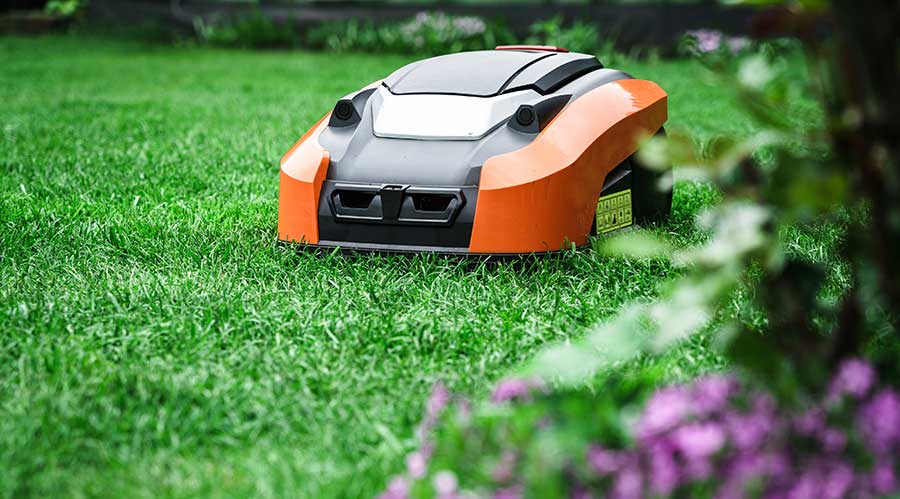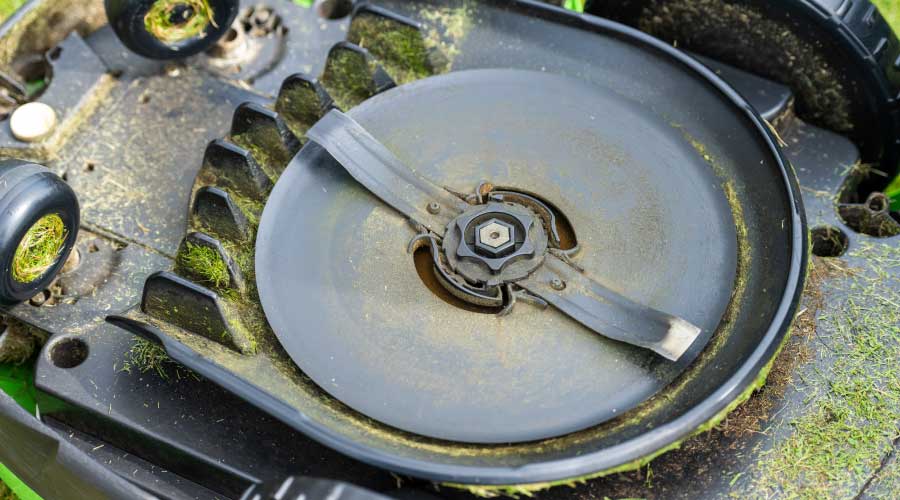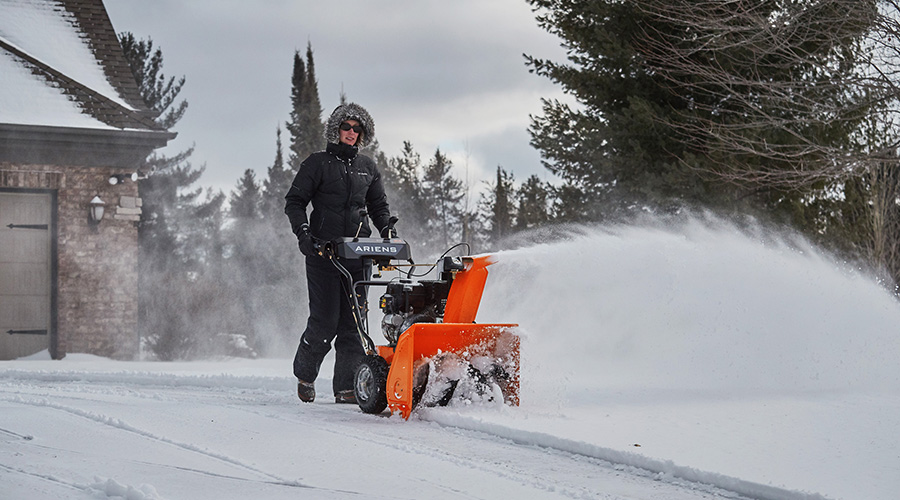 Not long ago, hardscapes were regarded only as needed infrastructure, but this approach has changed, allowing for unique opportunities.
Not long ago, hardscapes were regarded only as needed infrastructure, but this approach has changed, allowing for unique opportunities.Handheld Grounds Equipment Puts Power in Technicians' Hands
Advances in edgers, trimmers and blowers help crews deliver productivity and maximize landscapes' aesthetics
Mowers and utility vehicles get much of the attention from grounds managers, which is understandable, given the central role these pieces of equipment play in daily activities. Savvy managers also pay attention to a broader range equipment, including trimmers, edgers, and blowers, which round out the equipment arsenal and ensure workers have access to the needed tools for any job that arises.
Trimmers. Handheld string trimmers can handle grass, ornamental plants, weeds and brush. Heavy-duty, walk-behind combined string trimmers and mowers go where wider mowers cannot maneuver. Blade trimmers for hedges, shrubs, and trees offer a range of improved features: lighter-weight metals and plastics, including a gasoline version with electronic start and weighing 15 pounds; lockout to prevent accidental starts; cutting speeds of 2,400 rpm and up to 1-inch cuts; a two-position handle for vertical and horizontal trimming; and reduced fatigue shock-mounted handle. Pole saws for pruning trees and trimming branches eliminate the need to set up and move ladders, and they eliminate the need for climbing. The saws can reach up to 18 feet, with 8- and 12-inch blades for cutting larger limbs with more than a 6-inch diameter. Models with 20-volt lithium-ion batteries can cut 100 branches of 1 1/2-inch pine.
Edgers. Handheld edgers can be corded, cordless with lithium-ion batteries, or gasoline-powered. They can range from a 12-pound corded model with a 7-inch blade, an adjustable cut depth up to 1.5 inches, and a 100-foot cord up to wheeled 140 cc gasoline-powered walk-behind models with a 9-inch blade and six cut-depth settings of up to 2 1/2 inches. They help users give flower beds a clean, finished look by allowing vertical cutting along the grass line, then cutting at an angle to create a V-shaped bed edge.
Blowers. For smaller grounds areas, lightweight 4 amp-hours (Ah), 18-volt lithium-ion-powered cordless backpack models can produce 100 mph blade speed at 280 cfm. For larger areas, managers can specify heavy-duty gasoline-powered models with a 60 cc, two-stroke engine, 230 mph at 650 cfm air volume. The variable-speed throttle is in front of the operator on the blower tube for easier access. An opaque, lightweight plastic gas tank improves ergonomics and provides more efficient fuel tracking. The ergonomic design includes padded backrest and shoulder straps that shift the unit’s weight from the operator’s arms to the back, shoulders, trunk and legs.
— Thomas A. Westerkamp is a maintenance and engineering management consultant and president of the work management division of Westerkamp Group LLC, www.westerkampgroup.com.
Related Topics:















